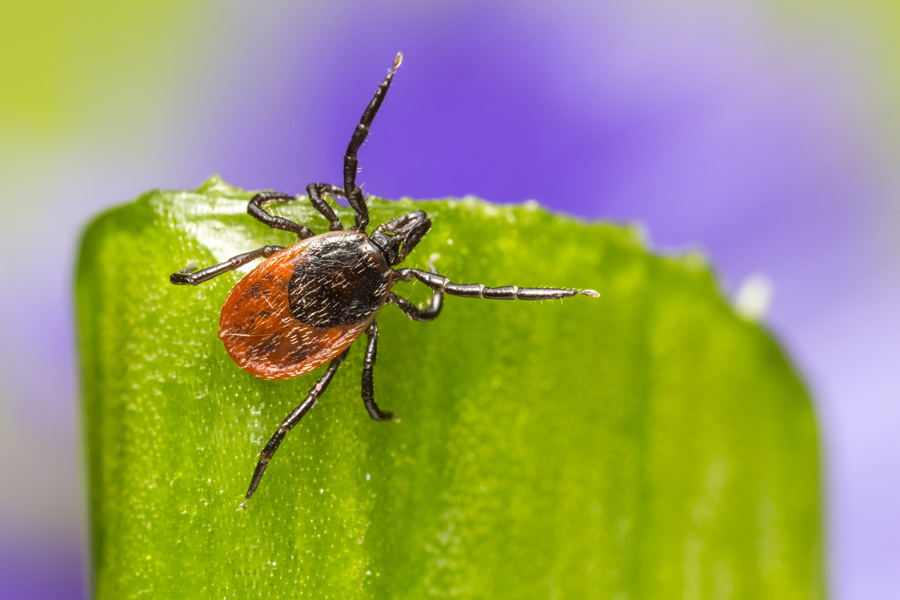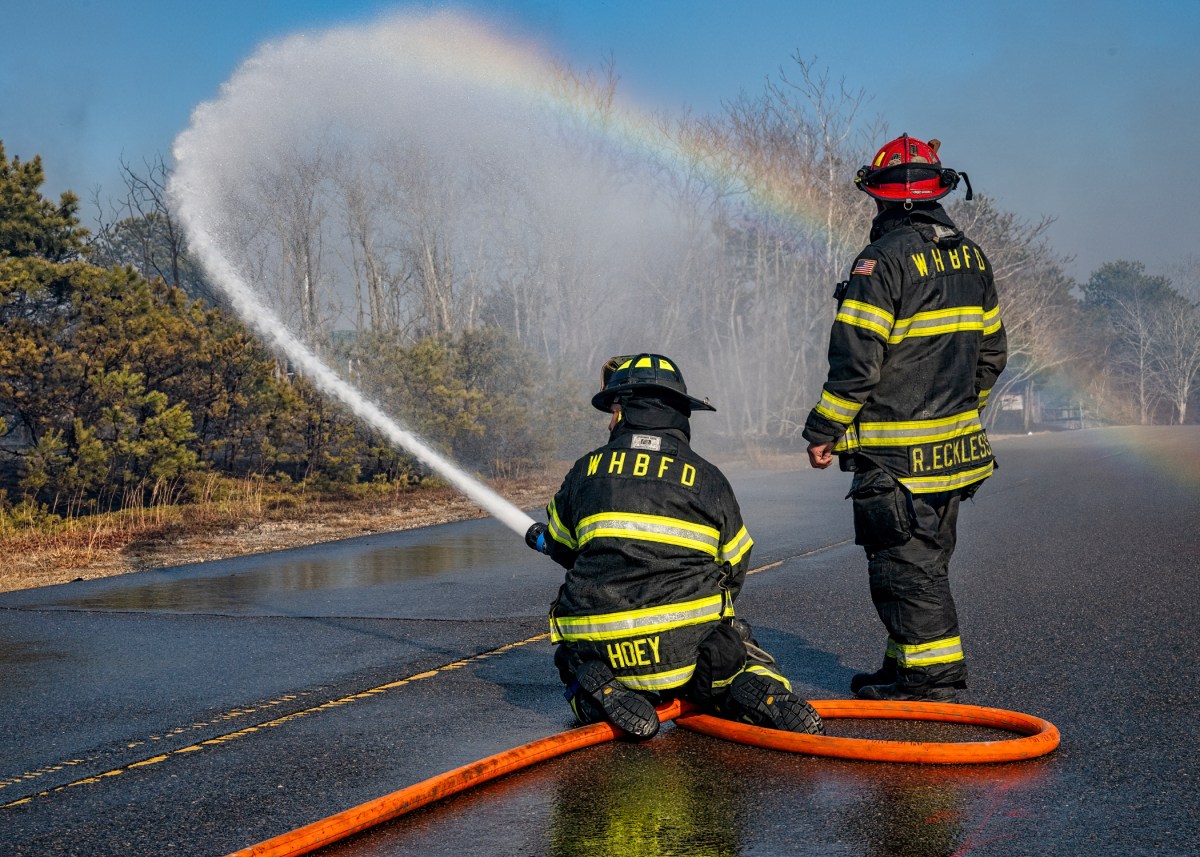View from the Garden: Tick, Tick, Tick, Boom!

My co-workers and I have been picking off ticks, common enough given the work we do. We hate them and are repulsed by them, but sometimes forget to spray. At the beginning of the season, I heard that there was to be more than the usual numbers of ticks because the year before last was a mast year.
A “mast year” is an extraordinary phenomenon in which all seed-bearing trees in a large area produce many more seeds than usual. Supposedly this is a mast year in the Northeast (which explains the mats of maple seedlings on some properties where I work). There are scientists studying this phenomena and they have not discovered why trees do this. It is not caused by weather variations. It is probably not that trees are trying to starve some predators in non-mast years and then overwhelm diminished numbers the next year by producing an overabundance. And how do many different varieties coordinate mast production at the same time? Nonetheless the results of this massive seed production affect us.
More seeds mean more food for animals. More food means more animals. More animals mean more hosts for ticks! I knew that there was a connection between animals and ticks but after some research, I now know how that works.
After hibernating during the winter, adult female ticks lay thousands of eggs on the ground. They hatch into larvae and look for their first “blood meal.” That is what it is called…gross! This host will be a small mammal, their favorite being white-footed mice. This is where the significance of mast years begins…more seeds and acorns, more mice and more hosts for tick larvae. If the mouse has a tick-borne disease, the larvae ingests it.
When the larva has had its fill, it drops to the ground and lies dormant until the next spring when it sheds its skin/exoskeleton and becomes a nymph. At this stage, it still feeds on mice and also other animals such as birds, deer, dogs, cats and humans. When it has had its fill at this stage, it drops to the ground, sheds its skin again and becomes an adult looking for a blood host. Ticks can pick up a disease from an infected host at any stage of its life and can pass it on from nymph to adult to any mammal.
The adults mate on the host (again, gross). The male dies and the female feeds until sated and then falls to the ground and lays eggs. When there are fewer small mammals, fewer larvae find hosts upon hatching, hence fewer ticks after non-mast years. There can never be too few for me.
It seems that very cold winters should kill some ticks—but they don’t. Ticks hibernate, even under snow.
So while deer play a large role in ticks’ lives, it is the white-footed mouse that is the greatest villain as he starts the infection. And because of all of the development in this area, we have few predators left. There are no coyotes and the fox population diminishes every year. Fortunately there are still hawks and eagles. Controlling the white-footed mouse population would help control the tick population.
Tubes containing Damminix are available and can be placed around your property. They contain chemical-infused cotton that mice use to build nests, so when the larvae enter…boom!
Jeanelle Myers is a professional gardener, landscaper and consultant. For gardening discussion you can call her at 631-434-5067. jeanellemyersfinegardening.com



